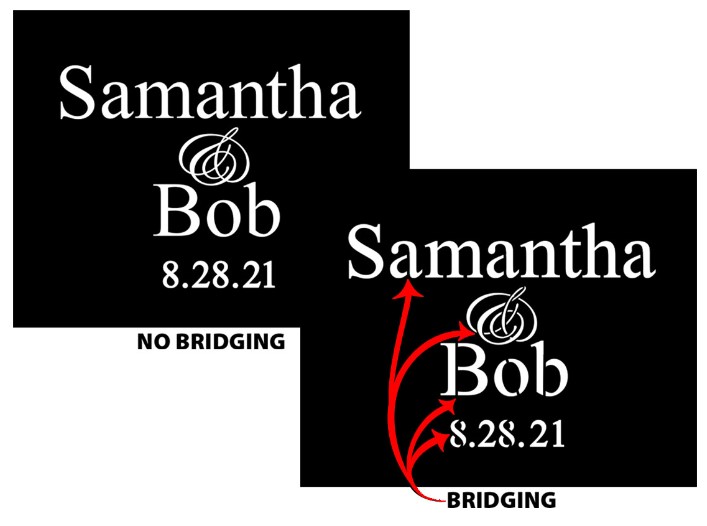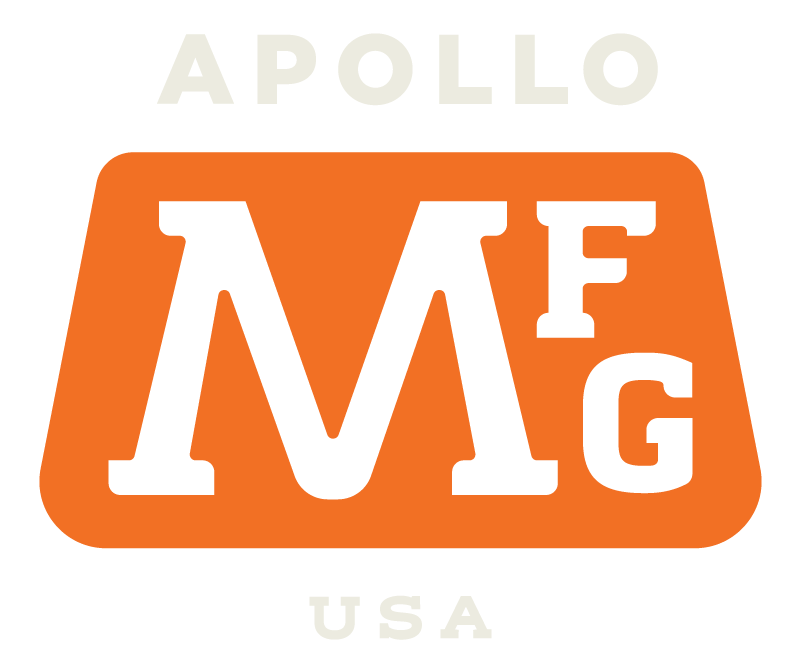FAQs
Can I touch the surface of the gobo?
Do not touch the surface of the gobo. Hold a gobo by edges, like a CD/DVD. The oils on your hand may cause damage to the coating
Do you offer custom design services?
Yes, we would be glad to help you with a custom design. Review the details and then contact your local dealer to get started.
Does my glass gobo need heat protection?
Glass gobos are not recommended for use in any fixture with more than a 750W lamp unless the fixture is equipped with appropriate heat protection equipment.
What fixtures are approved for use with PrintScenic® Gobos?
PrintScenics® are designed for use in approved LED fixtures only and in short or temporary installations.
How do I clean my gobo?
Do not touch the surface of the gobo. The oils on your hand may cause damage to the coating.
- Metal: Dampen a soft cloth with isopropyl alcohol and gently wipe the surface.
- Glass: Dampen a soft cloth with isopropyl alcohol and gently wipe the surface. Do not get any liquid along the edge of a multi-colored gobo as it may leak between the layers.
- Plastic: Do not clean plastic gobos. It will damage the coating.
How do I install a gobo?
Prior to installing, adjust the lamp to provide an even beam of light (bench focus). When loading, do not use any method that will restrict the glass from expanding.
Determine the gobo type and follow the appropriate instruction below.
- Metal: Load how image is best projected. There is no “correct” side.
- SuperResolution® Glass: Load with dark (uncoated) side away from the light source.
- ColourScenic® Glass: Load how image is best projected. There is no “correct” side.
- PrintScenic® Glass: Load with ink side towards light source.
- PrintScenic® Plastic: Load with ink side towards light source.
What information do I need to order a gobo?
Before you place an order with your authorized Apollo Design dealer, answer these questions.
- What date do you need your gobo?
Add a few days to allow for unforeseen delays such as shipping. - What is the brand and model of the fixture your gobo will be placed in?
Different fixtures have different aperture sizes. For example: “A”, “B”, “M”. - Is your pattern a custom pattern or standard pattern?
If custom, the artwork will need to be submitted 100% the size of pattern. - What do you need?
Review the advantages of each medium: Metal, SuperResolution®, PrintScenic® or ColourScenic®. Contact an authorized Apollo Design dealer for additional information if needed. - How many gobos are needed?
What is "bridging"?
Metal gobos require "bridging" which are very small lines that connect the internal structure of letters and designs. If bridging is not added, enclosed areas, such as the inside of the letter “O”, would fall out. It’s like carving a pumpkin. We will add the appropriate bridging to your design before production.

What side of glass gobo goes towards lamp?
The coated side goes towards the lamp. The easiest way to tell which side is coated is to take a pencil and lightly touch the glass gobo. On the coated side, the pencil tip will appear to touch itself. On the uncoated side there will be a small gap between the pencil tips – the tip does not touch itself.
Why are the colors in my gobo slightly different from what I saw on the web, PDF or printed copy?
A variety of factors affects how colors look including:
When the gobo is printed on glass vs. paper
The medium the design is printed on has an effect on color. There are many types of paper but all paper is porous and will absorb some ink. Printing on a gloss paper vs. an uncoated paper will change the color. Glass does not absorb ink and the translucent nature of glass has an impact on the color.
How the color is created.
There are two different ways to create color and both produce slightly different colors.
CMYK is a subtractive process. It is how colors of paint and ink are created. It starts with nothing (white paper), as more colors are added the color eventually turns black. The acronym “CMYK” represents the standard color inks use to create color cyan, magenta, yellow and black.
RGB is an additive process. It is how colors are created with light. It starts with black (darkness), as more colors of the light spectrum are added the color eventually turns white (a regular light bulb). The acronym “RGB” represents the colors of the light spectrum used to create color Red, Green, Blue.
Computer monitors, cameras and TVs use RGB to display color. When you are print, CMYK is used. So when a graphic is shown on your monitor, it is only an approximation of color since it is actually being displayed in RGB. In addition, not all colors are easily reproduced in CMYK. Some very bright colors like turquoise are not possible without special inks.
How your monitor/printer is calibrated.
All monitors / printers are calibrated differently and colors will appear differently between machines.
